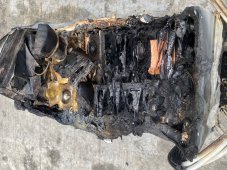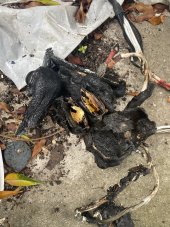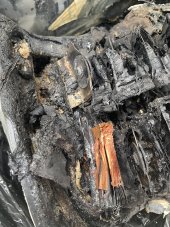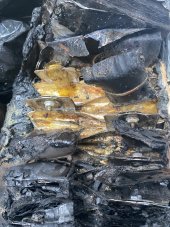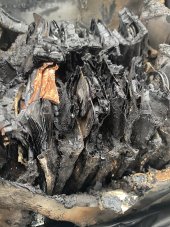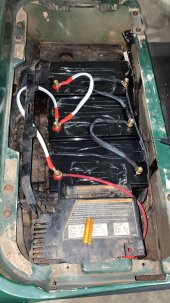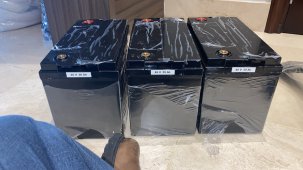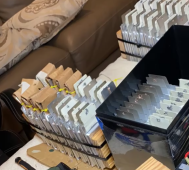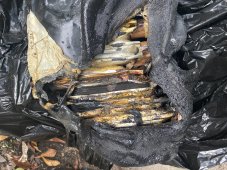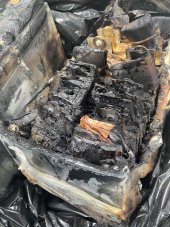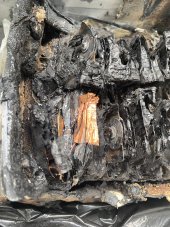Juan Gonzales
New Member
- Joined
- Jun 6, 2022
- Messages
- 23
Hi Guys
Im new here, and this has been though to post. be lenient..
A few months ago I made a DIY Battery Golf car Replacement for a friend.
Here are the Specs:
3 X 48v 20ah
16S2P
A123 LFP 3.2v 20Ah Cells
Interconnect was done with screws
80v fuse at the main positive
The charger used was QuiQ, set to charger Trojan 1275.
I need help figuring out why this battery catched fire.
The only thing I know is that my friend called me 1 hr before these pictures telling be the cart would not run. like its not charging.
Asuming the charger was overcharging the batteries, these cells should not have catch fire.
I have my head scratching
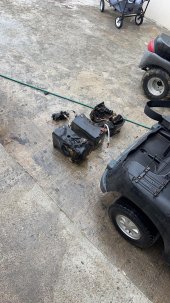
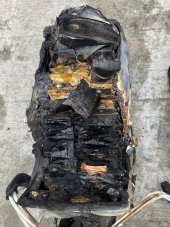
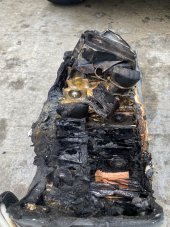

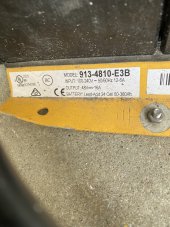
This was the middle battery that did not seemed to have fire damage:

This battery also went into thermal Runaway. Thats the only damage I could find on this one.
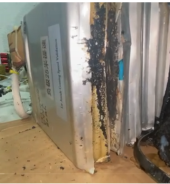
Im new here, and this has been though to post. be lenient..
A few months ago I made a DIY Battery Golf car Replacement for a friend.
Here are the Specs:
3 X 48v 20ah
16S2P
A123 LFP 3.2v 20Ah Cells
Interconnect was done with screws
80v fuse at the main positive
The charger used was QuiQ, set to charger Trojan 1275.
I need help figuring out why this battery catched fire.
The only thing I know is that my friend called me 1 hr before these pictures telling be the cart would not run. like its not charging.
Asuming the charger was overcharging the batteries, these cells should not have catch fire.
I have my head scratching





This was the middle battery that did not seemed to have fire damage:

This battery also went into thermal Runaway. Thats the only damage I could find on this one.

Attachments
Last edited:



